Marketing Strategy: 6 steps to create a successful plan

Building a marketing strategy, especially nowadays is not an easy task. You might get a little bit anxious and stressed out in the beginning because you just don't have a clue where to start.
Let’s see step by step on how to create a successful social media marketing plan:
Step 1: Choose the right social networks for your business
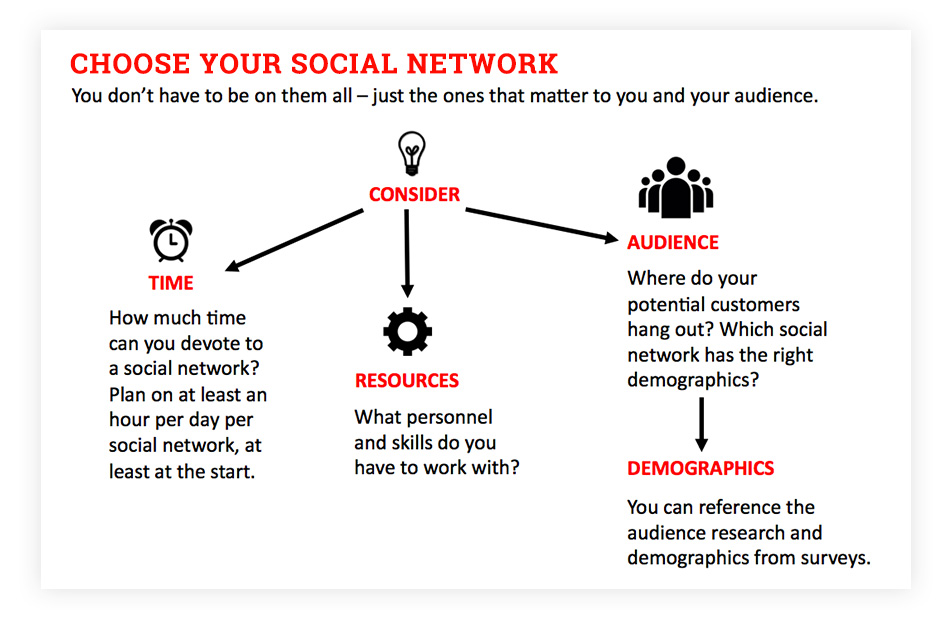
First of all, you should use the social networks that fit better to your strategy. There is no need to be on all of them. It depends on what you want to achieve on social media for your business.
Some segments that will help you choose the right social networks are:
• Time – How much time do you need and will devote for each social network?
• Resources – Do you have the skills and the right resources to work with? For example, Instagram and Pinterest require high quality photos.
• Audience – What social networks your customers use the most for your purpose?
Step 2: Fill out your social profiles completely
You should always check all of your social media profiles and make sure that your profile picture, bio, cover photo and your content is up-to-date. By doing this, it shows professionalism, good branding and you show in a way to your clients that you are serious about engaging.
Make sure that all your profiles are connected in a way with each other. But do not use the same content in all of your social media profiles. Furthermore, Canva is a very strong free online tool that any business can use in order to create the right images.
As for text, you should focus more in the bio/info section. Let us show you 6 rules in order to create a professional social media bio:
1. Show “what have I done” and not “Who I am”
2. Use wisely keywords for your audience
3. Keep language fresh, without making for example grammar mistakes
4. Answer the question of your new client: “What’s in it for me?”
5. Be personal
6. Revisit often
Step 3: Find your voice and tone
Finding your own voice and tone via social media is very important. You can make this process a little bit easier. Start with questions like these:
• If your brand was a person, what kind of personality would it have?
• If your brand was a person, what’s their relationship to the consumer? (a coach, friend, teacher, dad, etc.)
• Describe in adjectives what your company’s personality is not.
• Are there any companies that have a similar personality to yours? Why are they similar?
• How do you want your customers to think about your company?
Voice is the mission statement; tone is the implementation of that mission.
Step 4: Pick your posting strategy
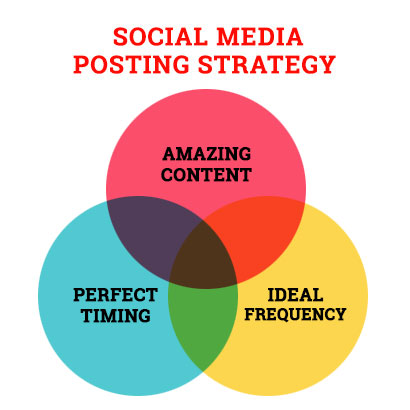
How many posts per day?
How often?
What time you should post?
What you should post?
Well it depends. Always remember that whatever works for me, might not work for you. That being said, there is some pretty good data and insight about where to start.
First of all, image posts get more views, clicks and reshares than any other type of posts. On Facebook, pictures get 53% more likes, 104% more comments and 84% more click-throughs on links than any other posts. Twitter has also found out that photos have a greater impact on retweets.
Step 4:1 Strategy
Now that you have been informed on what works, you place these different types into a successful strategy.
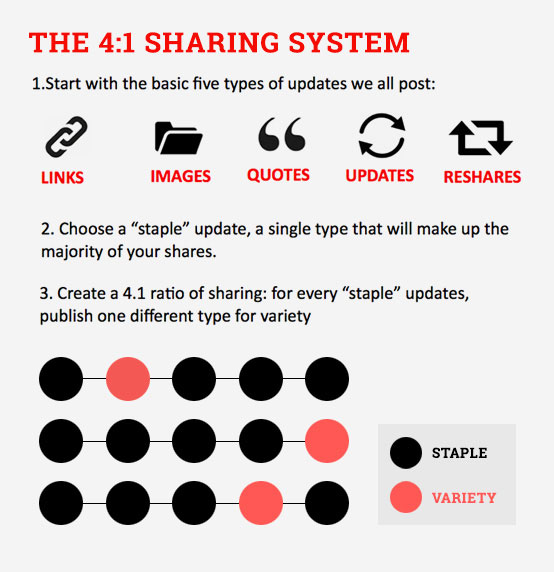
How often should you be posting?
There’s been a lot of doubt out there about how often you should be posting. Of course, you need to follow a strategy depending on what you want to bring out there to the clients. If your clients enjoy and respond on what you are posting, then post more.
As you can see below, we have put together a useful guideline on how often you should post to social media.
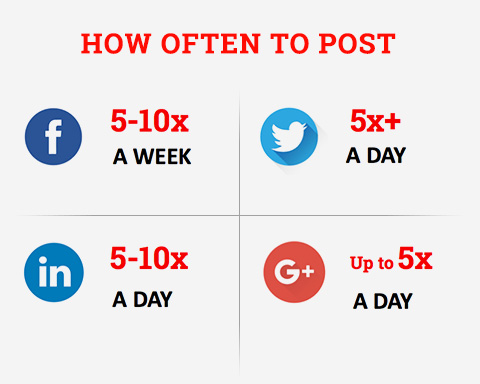
What time you should be posting?
There are loads of tools to show you exactly what time you should be posting on Facebook, Twitter, LinkedIn, and more. These tools help you understand your audience and your history posts.
What if, you just started your social media networks and you do not have any audience or history?
The most useful infographic you will see about timing is the tool SumAll. Here is an overview of what they have found in terms of timing.
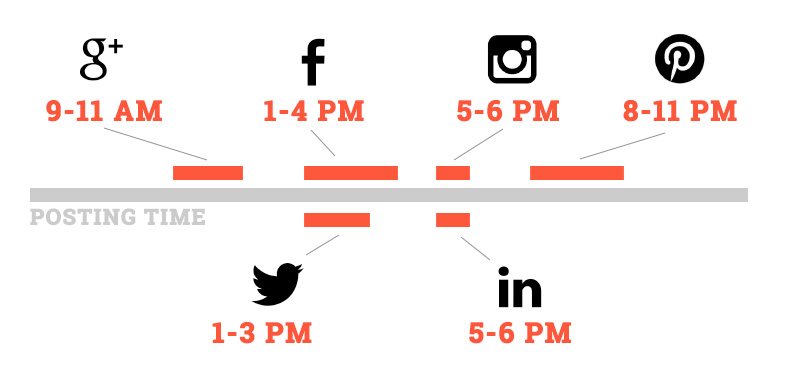
Step 5: Analyze, test and implement
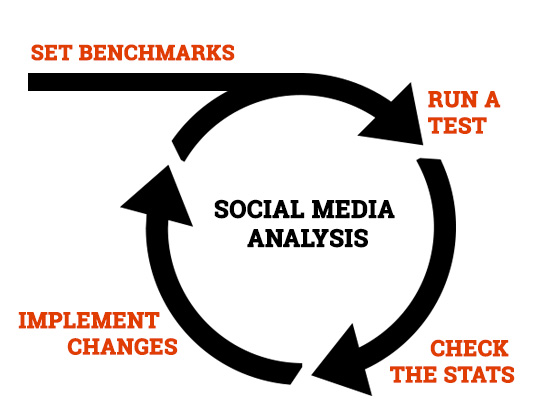
It is a fact that the more you post, the more you will have the chance to discover which content, timing, and frequency is right for you.
The main question in this case is, how will you know?
There are many tools in the online market that you can use. For example, Buffer analytics can show you how many views, clicks, shares, likes and comments you have reached in each post.
Step 6: Automate, engage and listen
Last but not least, the last step involves having a system in order to help you stay on top of updates and engaged with your customers. Automation is the key for excellent sharing, day after day. For this case, you can use tools like Buffer.
Social media also requires engagement with the potential clients. Try to follow up with conversations with clients on social media. Do not ignore them because that might have a negative impact for your business. To keep up with all the conversations, you can use tools like Mention which will send you an alert every time you have been mentioned online.
Always with WebFlow.gr

